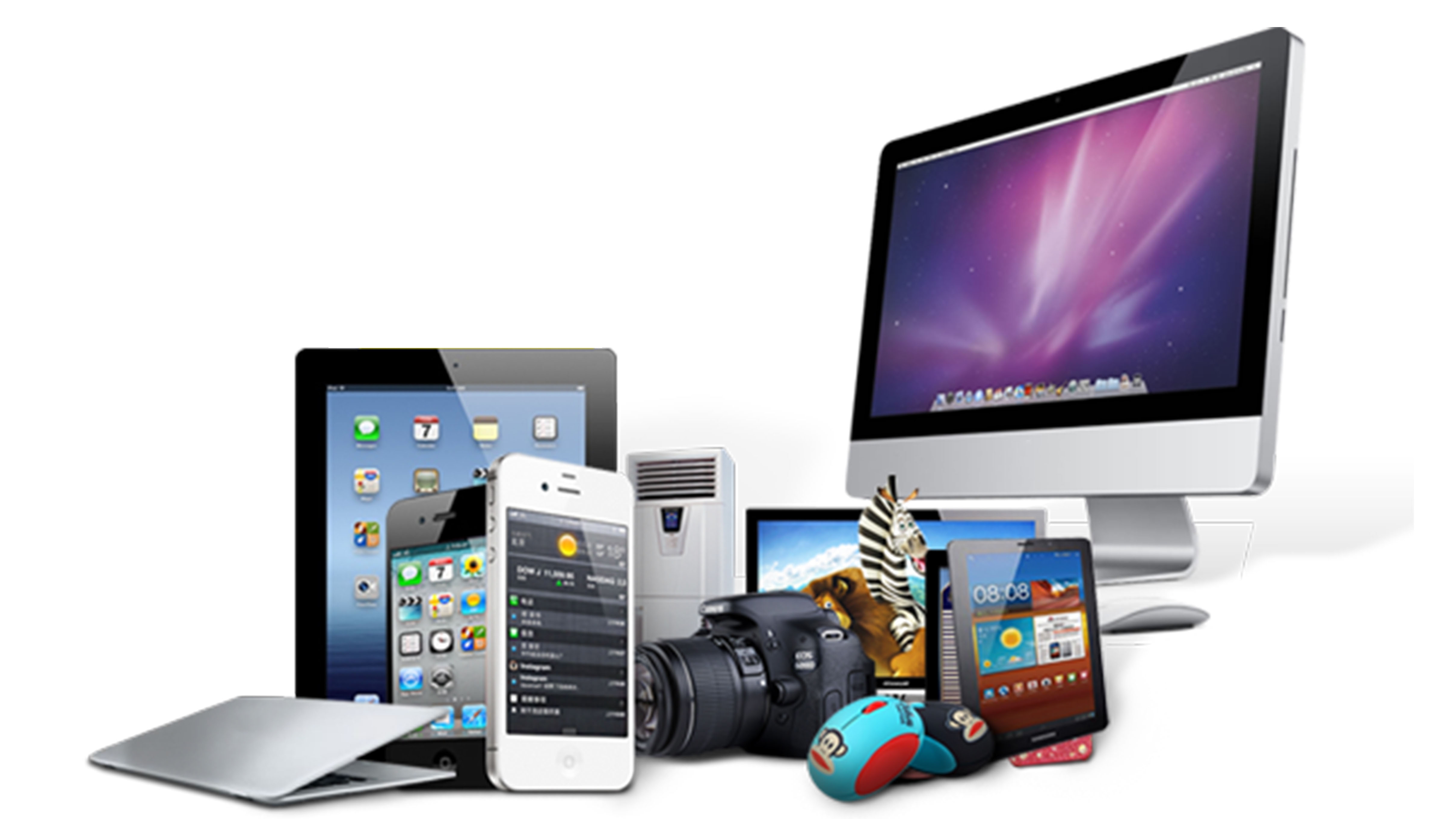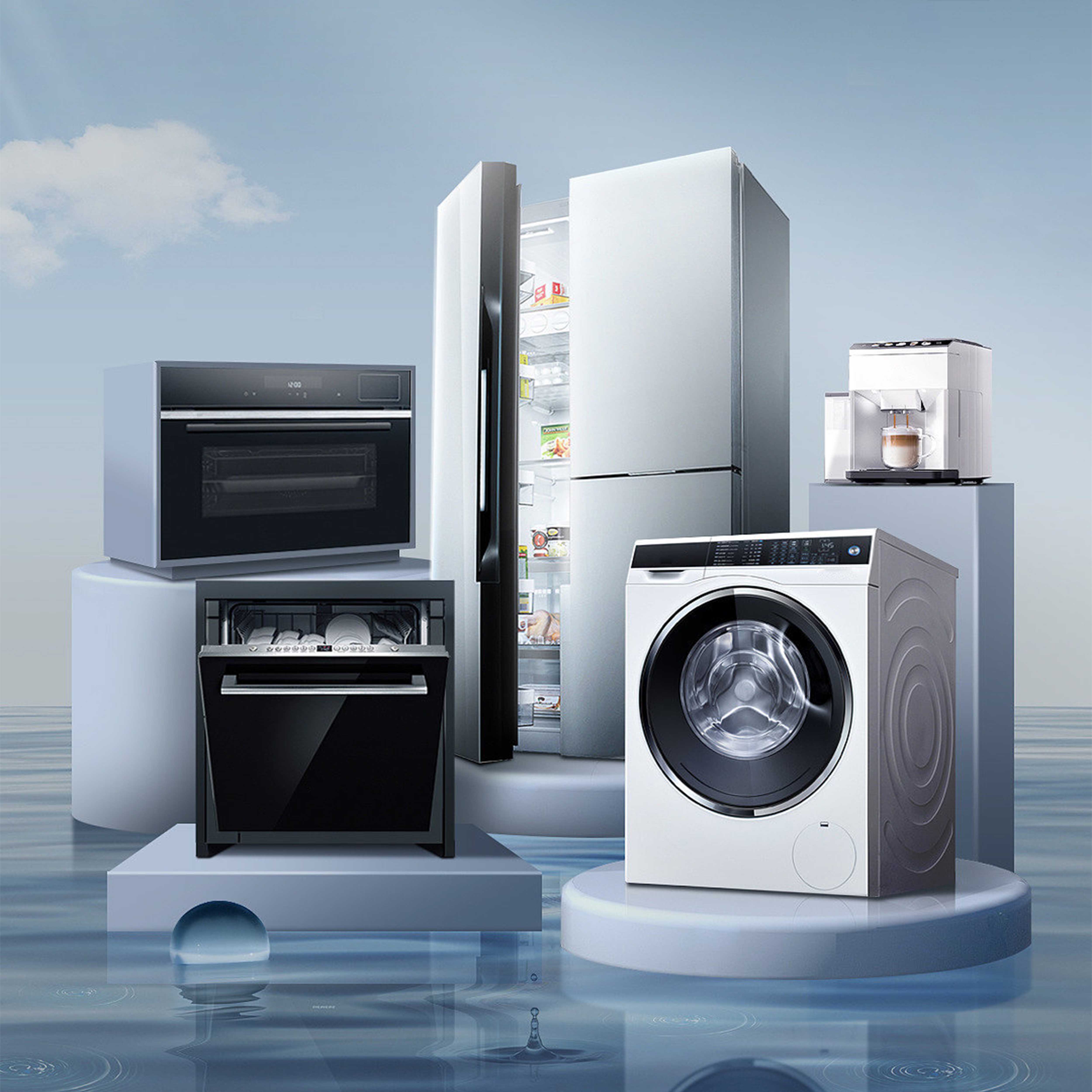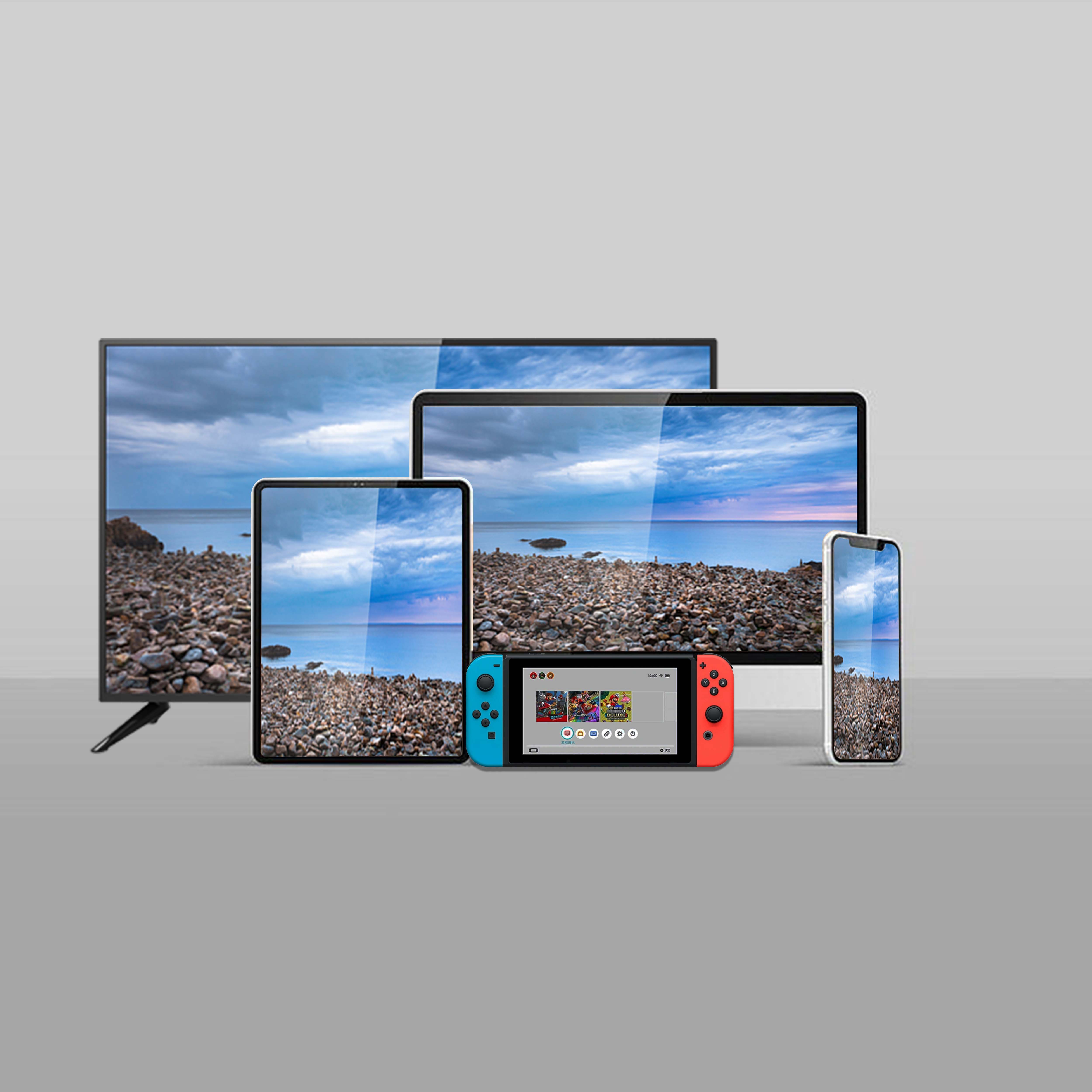Electronic devices use color and light to transmit digital information to users through luminous controls and high-resolution displays. The use of display technology has expanded from televisions, computers, and telephones to appliances, toys, wearable devices, and other devices. The visual quality of these products not only affects functional operation, but also determines customer experience and satisfaction. Equipment designers and manufacturers must meet consumers' growing expectations for display quality.
The HOPOO spectrum optical system can utilize the automated visual inspection experience accumulated in various stages of the design and manufacturing process over the past few decades, and fully utilize our long history in brightness and chromaticity measurement, as well as our rich professional knowledge in production level display testing solutions. We provide support to major consumer electronics manufacturers around the world and deeply recognize that zero defect devices are one of the prerequisites for market success. We work closely with you to provide comprehensive solutions to support your operational needs, increase production volume, reduce rework, and achieve absolute quality.
Light detection of household appliances
Products with scratches, indentations, color differences, loss of brightness, or other defects may result in expensive returns, damaging your brand reputation and future business. The traditional manufacturing industry relies heavily on manual inspectors for quality control operations to prevent surface defects, ensuring that defective products are not delivered to consumers. However, the faster the production line speed, the more complex the product, or the more blurry the defects, the more difficult it is for manual inspectors to keep up with production demand while maintaining quality consistency.
Our industry-leading metering technology can be combined with selected machine vision tools (industrial cameras) to achieve challenging detection applications for non illuminated surfaces and components, including equipment covers and electromechanical components. With low noise and High dynamic range, high-resolution images can be collected to capture the maximum range of brightness values. These functions can generate images with high definition and contrast, enabling the detection of fine details missed by typical machine vision systems.
Keyboard detection solution
The combination of rainbow spectral color detection solutions includes software designed specifically for testing luminous keyboards, micro keyboards, and control panels in mass production environments. By using our automated visual inspection solution on the production line, you can ensure the perfect final assembly of backlight buttons and components, ensure equipment availability, and ensure long-term product quality.
The rainbow spectral light color imaging test can detect the brightness between keyboards and the brightness and chromaticity inside characters, as well as the uniformity of brightness and chromaticity. Coupled with the rainbow spectral industrial camera, it can also detect the missing and incorrect characters of the luminous characters, which is a dual purpose machine and saves labor costs on the production line.
Leading the field of display testing
As a well-known optical equipment manufacturer in China, Rainbow Spectral Color conducts extensive testing on screen displays, optical glass, and other screen products. By using Rainbow Spectral CX series brightness meters and CXS series imaging colorimeters, combined with CX TEST software, precise data analysis is conducted on brightness and chromaticity parameters. The tested parameters include:
ANSI brightness
ANSI Color Uniformity (CIE x, y)
Color temperature CCT (K)
Principal wavelength (nm)
Color difference judgment and production line alarm (non-conforming product judgment)
Light leakage (abnormal highlights)
More customizable features
The rainbow spectrum imaging brightness meter and imaging chromaticity meter can be paired with an industrial camera system to test the appearance defects of products, achieve consistency detection on the production line, and reduce manual usage costs!






